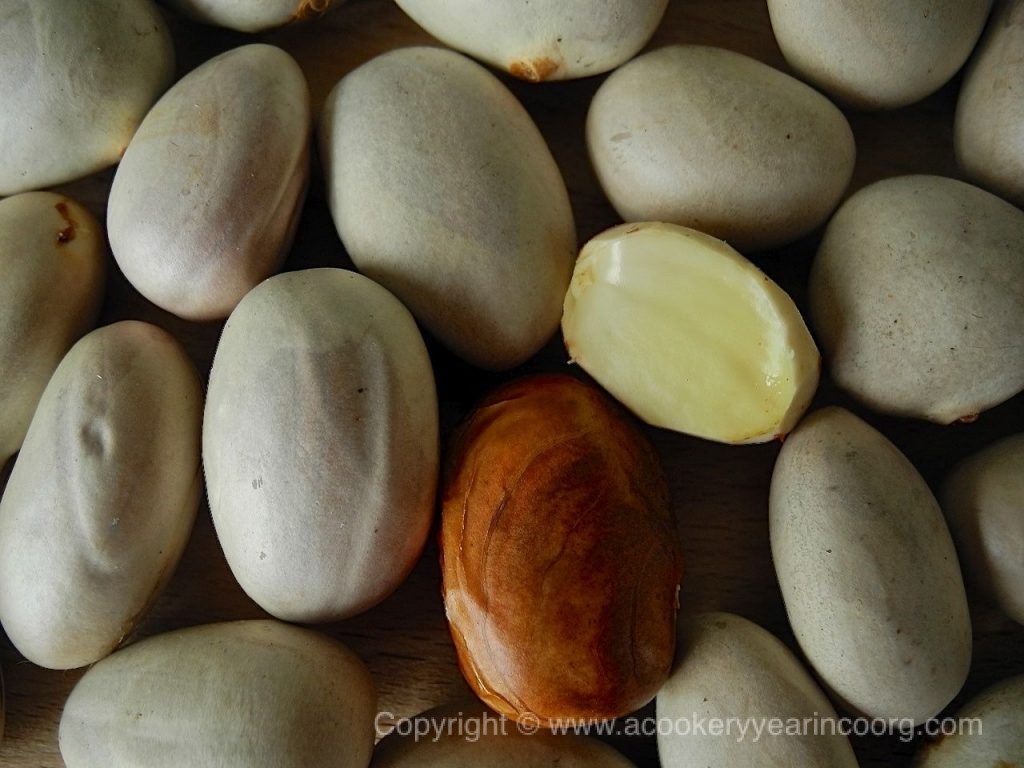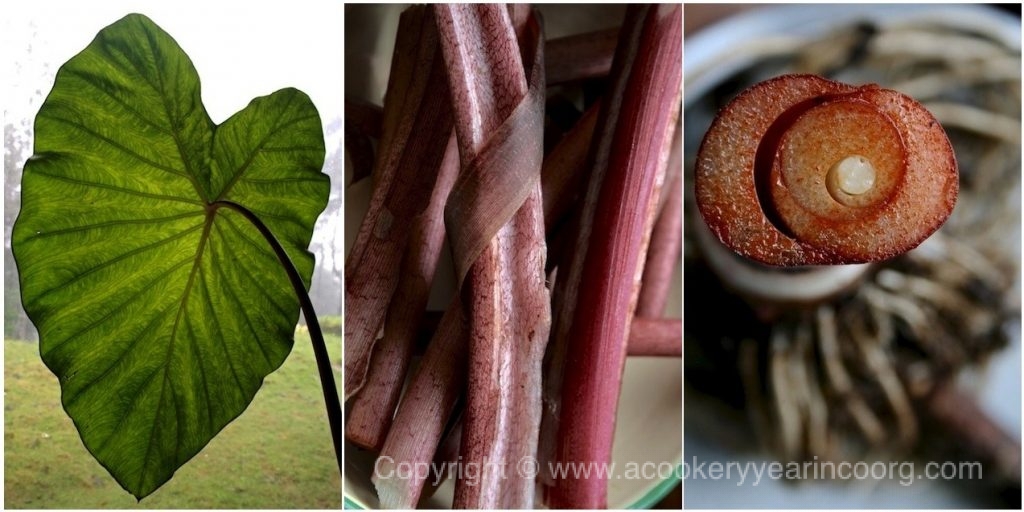This year, my jackfruit season began in July, in Vancouver, when the most delicious fresh, ripe jackfruit turned up in some local stores. It was so sweet and flavourful, it didn’t even seem necessary to indulge in a round of kulae puttu. Of course I saved the seeds to cook in various ways including adding them to sambar and making chekké kuru pajji.
Tender unripe jackfruit is available here in frozen and canned form throughout the year. This is cooked as a vegetable, and the famously “meaty” texture of the fruit in this stage is a wonderful medium for experimenting with cooking and spicing that would typically overwhelm more delicate vegetables.
I’d like to share a couple of recipes, one using the seeds and the other, tender unripe jackfruit.


